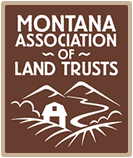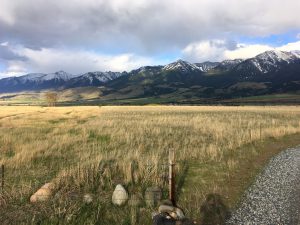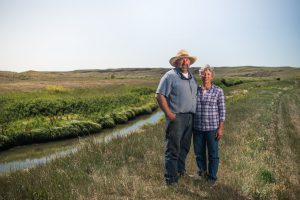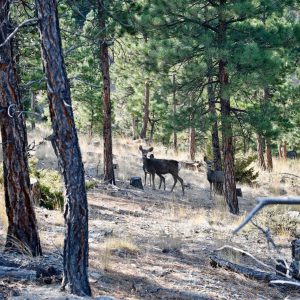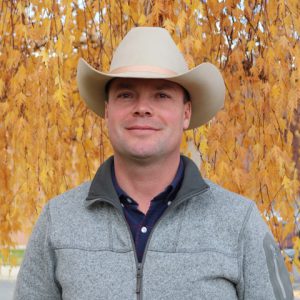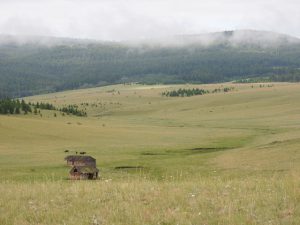The Lake Pend Orielle School District has improved its outdoor learning opportunities thanks to Kaniksu Land Trust, the Land Trust Alliance and other project partners.
KLT helped two elementary schools purchase tents to help outdoor learning and to assist schools cope with the COVID pandemic.
From the Bonner County Daily Bee article:
The reason for the outdoor spaces is twofold, Katie Cox, KLT executive director, said. In part, it is to reduce transmission risks for children who are in class. Many of the classrooms don’t have good ventilation, she said, which could increase students’ and teachers’ risk of catching COVID-19.
The outdoor classrooms are also a benefit to students academically, she said. LPOSD teachers have reported students generally behave and focus better in outdoor settings, Cox said, and there is increased attendance on days when there is outdoor learning.
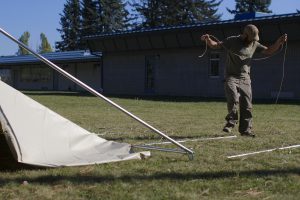
Dave Kretzschmar, KLT education director, works to assemble one of the outdoor learning tents Tuesday afternoon at Farmin-Stidwell Elementary School. Photo by RACHEL SUN
